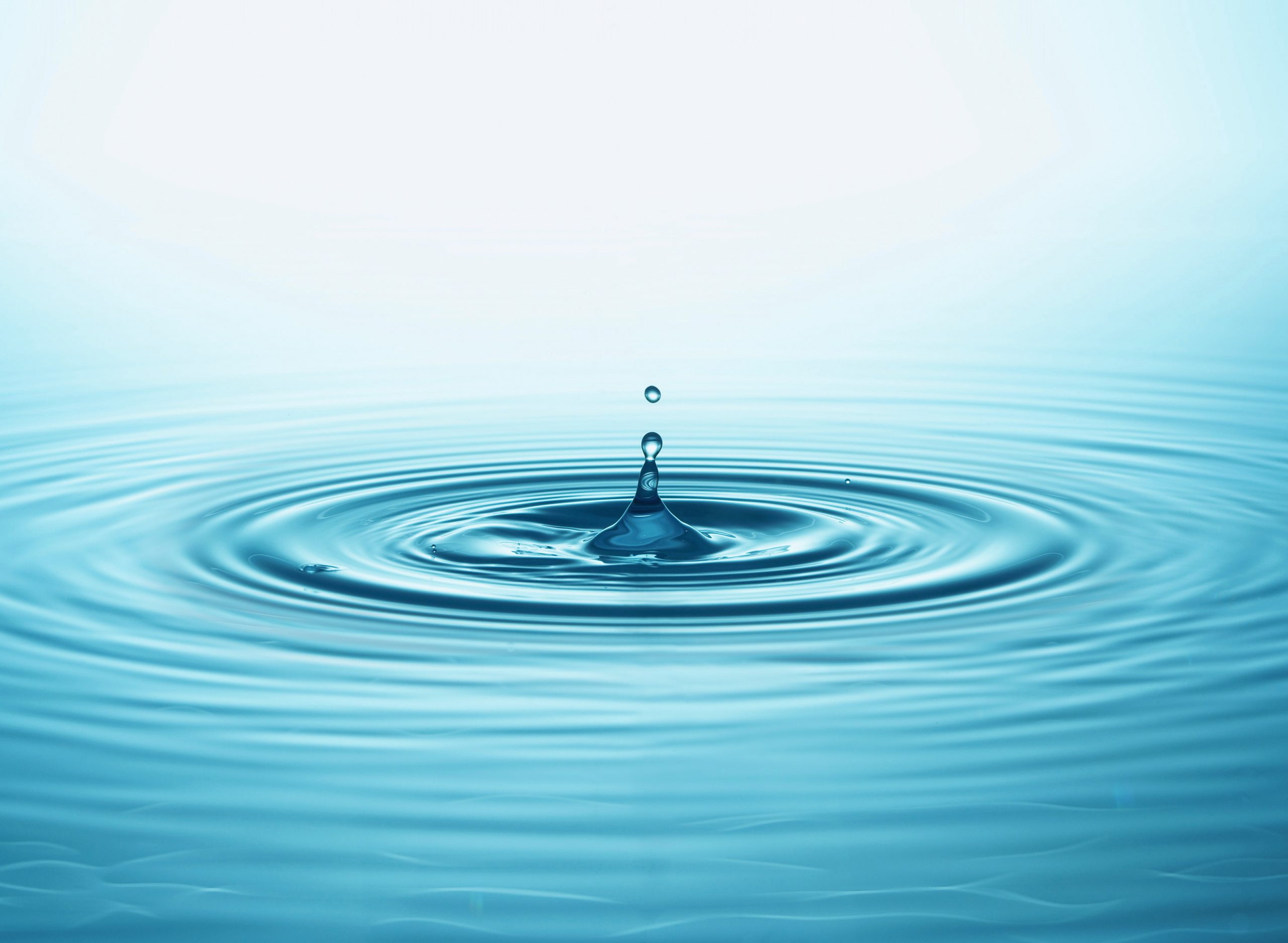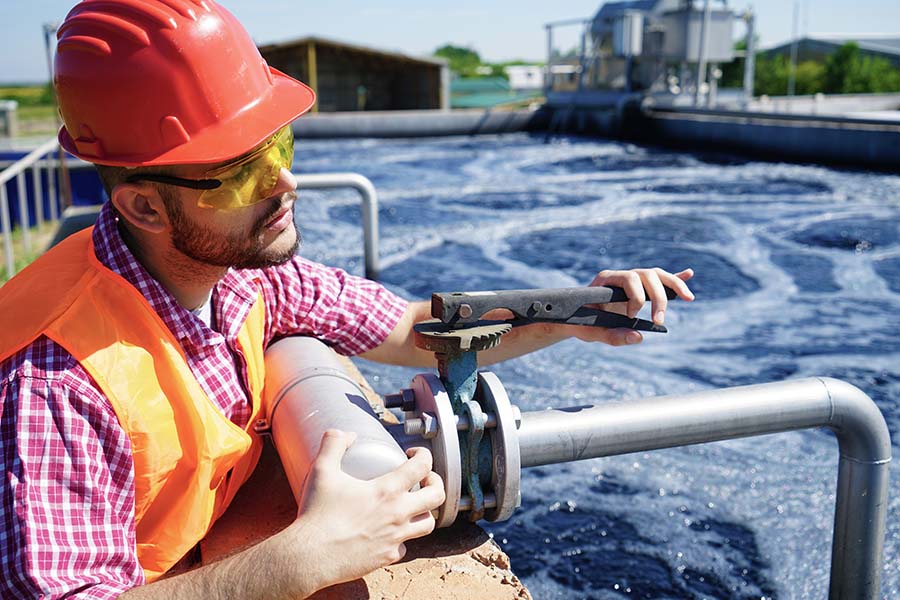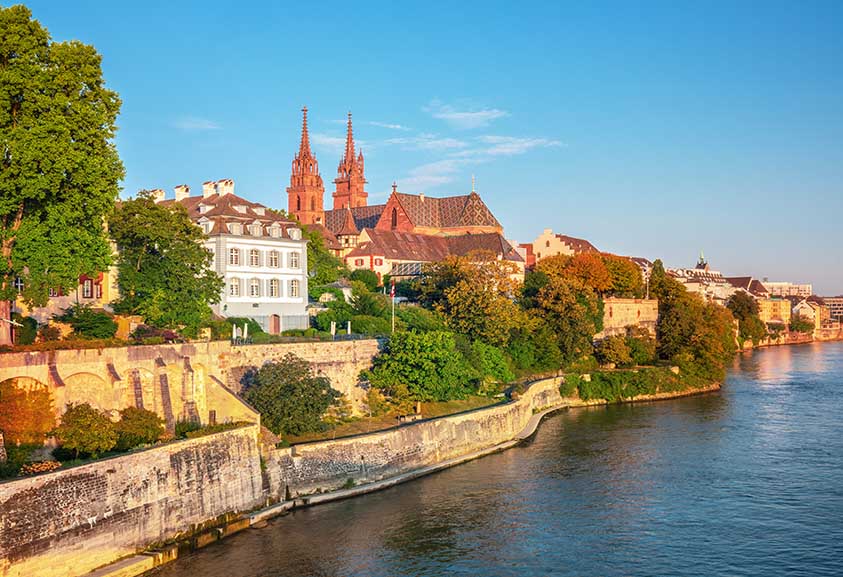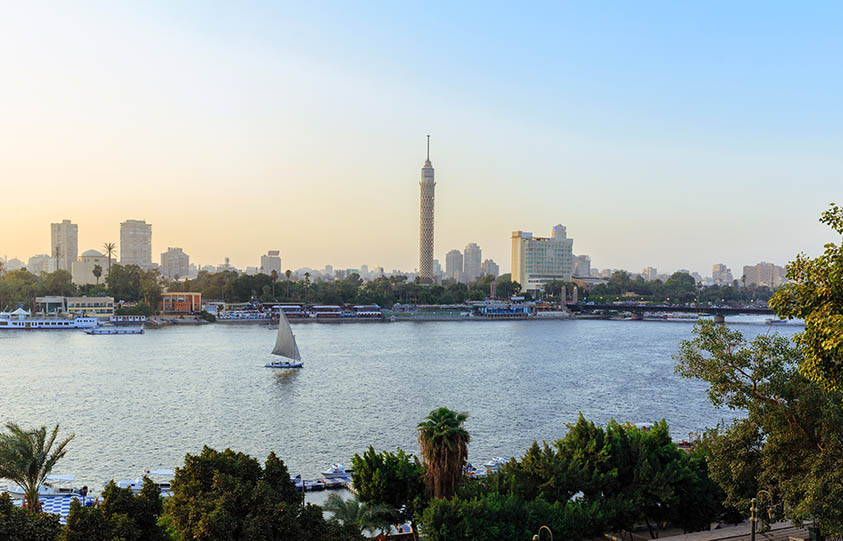In the MADFORWATER project, the lab-scale development and adaptation of technologies for wastewater treatment and irrigation – performed during the first two years of activity – is completed during the last two years by the scale-up and validation of selected technologies by means of four pilot plants in which wastewater treatment and agricultural reuse of the treated water will be effectively integrated.
The selection of the technologies to be scaled up in each pilot was based on their technical performances, cost-benefit analysis (CBA), life cycle assessment (LCA) and on the feedbacks collected during several stakeholder consultation workshops that took place in Agadir (Morocco), Cairo (Egypt) and Tunis (Tunisia) in 2017 and 2018. Different wastewater types will be treated and reused in the MADFORWATER pilots: municipal wastewater, textile wastewater and drainage canal water. The geographical location of the 4 pilot plants is shown in Figure 1.
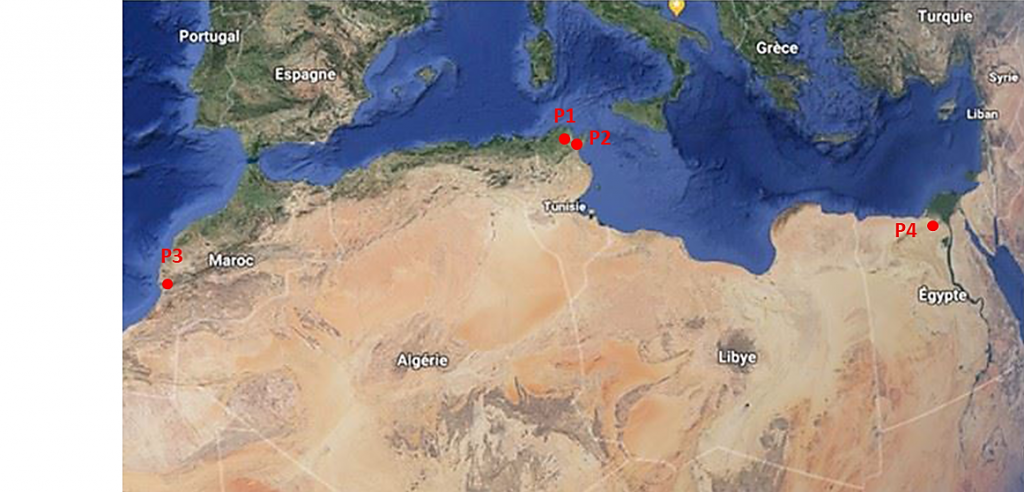
Figure 1. Location and main characteristics of the 4 MADFORWATER pilot plants. P1: municipal wastewater; location: Chotrana Municipal wastewater treatment plant, Ariana, Tunisia. P2: textile wastewater; location: Gwash industry, Nabeul, Tunisia. P3: municipal wastewater; location: Agadir, Morocco. P4: drainage canal water; location: Lake Manzala, Egypt.
Pilot plant for the treatment and reuse of municipal wastewater in Chotrana, Ariana, Tunisia
Faced with increasing water scarcity, policy makers in Mediterranean African Countries (MACs) are increasingly interested in non-conventional water resources, such as treated municipal wastewaters. Despite their perceived advantages, few countries have succeeded in developing extensive, successful, and safe wastewater reuse in agriculture. Actually, a small amount of the treated wastewaters generated in MACs is currently reused. In the Tunisian case, only 23% of the treated wastewaters are recycled, while this amount is somewhat lower in Egyptian and Moroccan cases (18% and 10%, respectively). This is mainly due to the quality of treated wastewaters, that does not meet the limits imposed by the National and ISO standards for their reuse in irrigation. Indeed, municipal wastewater treatment in MACs is mainly limited to the secondary process, using mostly the conventional aerobic activated sludge process, while tertiary treatment is missing in most cases.
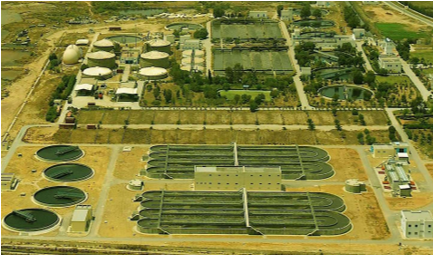
Figure 2. The Chotrana municipal wastewater treatment plant (Ariana, Tunisia): the site for the MADFORWATER municipal wastewater pilot plant
The wastewater treatment section of the municipal wastewater treatment pilot will be installed at the Chotrana wastewater treatment plant, in Ariana, Tunisia (Figure 2). The pilot plant, with a capacity of about 10 m3/d, consists of a train of multiple integrated treatment technologies, namely: (i) a nitrifying trickling filter that provides secondary treatment of organics and ammonia, (ii) a secondary settler for sludge sedimentation, (iii) a constructed wetland for heavy metals and remaining nutrients removal, (iv) a chemical disinfection unit and (v) an excess secondary sludge dewatering system (Figure 3). The installation and start-up of this pilot plant is currently in progress.
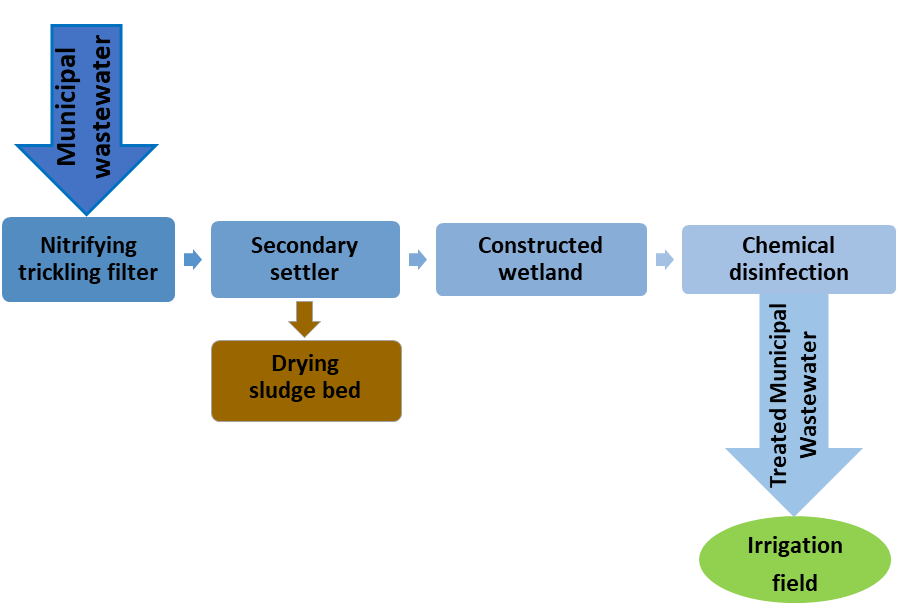
Figure 3. The municipal wastewater treatment process developed by MADFORWATER
The quality of the treated wastewater produced by the pilot plant will be compared with the Tunisian national permission limits (NT106.03) before it will be reused for the irrigation of selected cereals. The experimental field for the agricultural reuse of treated wastewater is located in the Institut Supérieur de Biotechnologie de Sidi Thabet, University of Manouba (ISBST-UMA), Sidi Thabet, Tunisia (Figure 4). The treated wastewater will be transferred from the Chotrana plant to the irrigation pilot on a regular basis. MADFORWATER partners made a relevant effort in order to improve irrigation efficiency and to develop irrigation technologies suitable for the use with treated wastewater. Several irrigation technologies will be tested in the Sidi Thabet pilot: an innovative calibrated nozzle; a model for irrigation scheduling that takes into account the specific characteristics of the treated wastewater; the supply of plant growth-promoting bacteria. The irrigation and crop growth performances obtained with treated municipal wastewater will be compared to the corresponding values obtained with freshwater.
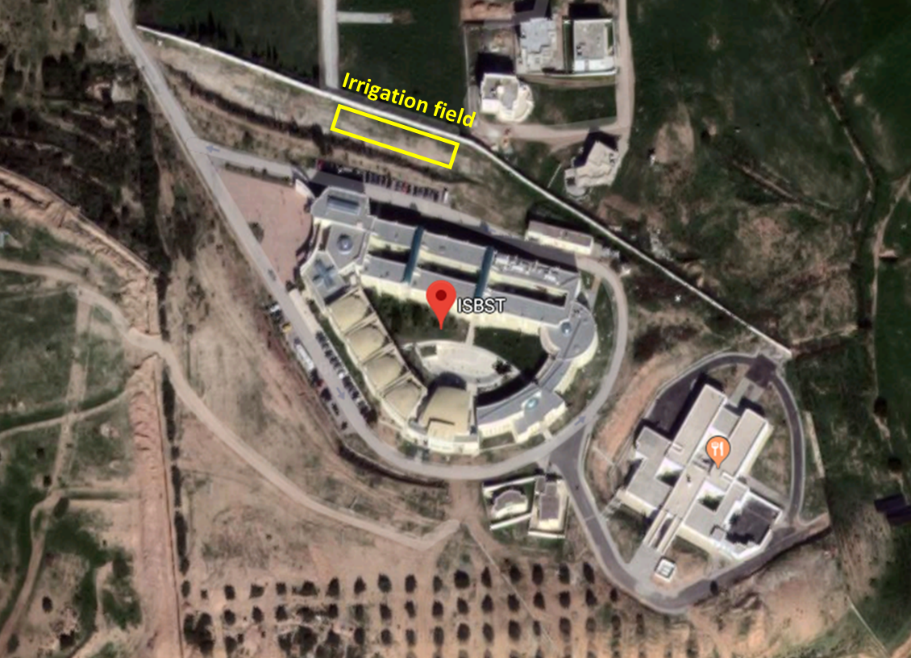
Figure 4. Aerial photo of the site for irrigation with treated municipal wastewater (ISBST-UMA)
Pilot plant for the treatment and reuse of textile wastewater at the Gwash industry (Nabeul, Tunisia)
The current situation of textile wastewater treatment in Mediterranean African Countries is quite diverse. In Tunisia, some textile companies have already integrated internal wastewater treatment processes into their process sequences, aiming to reach up to 60% reuse of the treated sewage into the production processes. The remaining treated wastewater is discharged into the municipal sewage network. Coagulation is a widely applied process as a pre-treatment prior to principal treatment by activated sludge, oxidation or membranes. Coagulation aims to remove colloidal particles and organic substances. The efficiency of the current processes is generally instable in relation to the important daily and seasonal variation of effluent flow rate and of organic and mineral load. An adequate process able to tolerate occasional peaks of effluent volume and organic load must be used. In some cases, textile effluents are discharged directly into the municipal sewage network without any pre-treatment.
The MADFORWATER pilot plant for the treatment and reuse of textile wastewater will be installed in the textile industry Gwash, located in the governorate of Korba (Nabeul, Tunisia) (Figure 5).
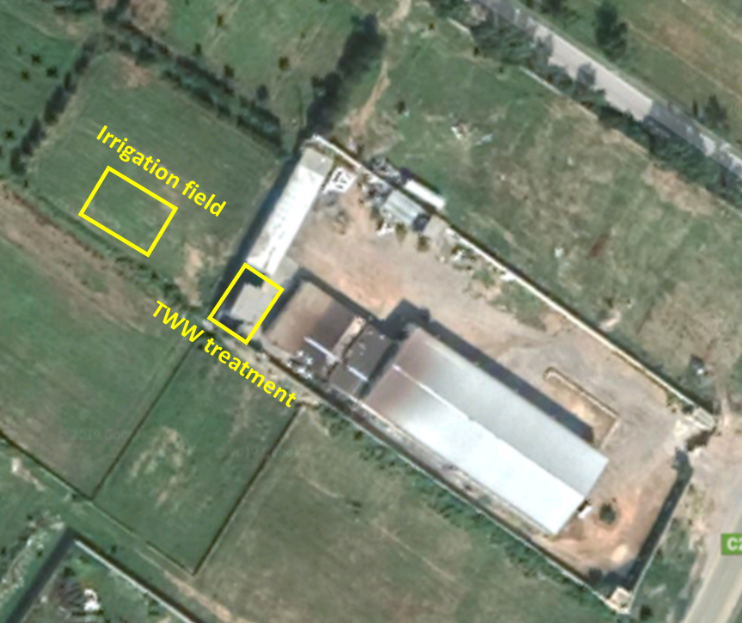
Figure 5. Gwash industry (Korba, Nabeul, Tunisia): the site for the pilot plant of textile wastewater treatment and reuse
The wastewater treatment section of the pilot plant (10 m3/d) consists of the following treatment train: (i) a coagulation / flocculation pre-treatment unit, (ii) a primary clarifier, (iii) an aerobic Moving Bed Biological Reactor (MBBR), (iv) a secondary clarifier, (v) a filter followed by dye adsorption on resins to further remove the remaining color, and (vi) a drying bed for sludge dewatering (Figure 6). The installation and start-up of this pilot plant is currently in progress.
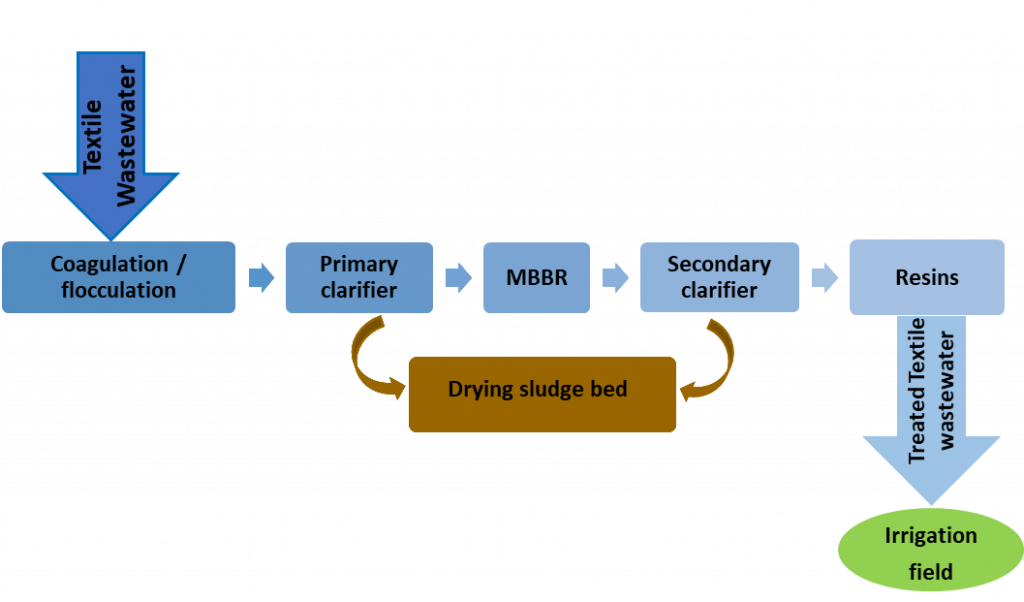
Figure 6. The textile wastewater treatment process developed by MADFORWATER
The quality of the treated textile wastewater will be compared with Tunisian national permission limits (NT106.03) before it will be reused as irrigation water to evaluate the growth and development of selected forage crops. Irrigation experiments will be conducted in an experimental field close to Gwash industry using an innovative calibrated nozzle developed by MADFORWATER partners. The irrigation and crop growth performances obtained with treated textile wastewater will be compared to the corresponding values obtained with freshwater.
Pilot plant for the treatment and reuse of municipal wastewater in Agadir, Morocco
In the Souss-Massa region in Morocco the pilot plant for municipal wastewater treatment and agricultural reuse will rely on an existing wastewater treatment plant within the station M’zar in Agadir, with a capacity of 75 000 m3/day. The plant is articulated on the following treatment sections: (i) a 150 000 m3 anaerobic lagoon; (ii) 64 sand filtration unit (Surface area of each filter is 5000 m2); (iii) an UV-based disinfection unit. This treatment scheme allows the production of a high-quality effluent, with a BOD equal to 17 mg/L, a total nitrogen concentration of 22 mg/L and an average level of fecal coliforms equal to 80 MPN/100 mL. An aerial view of the M’zar wastewater treatment plant is provided in Figure 7.
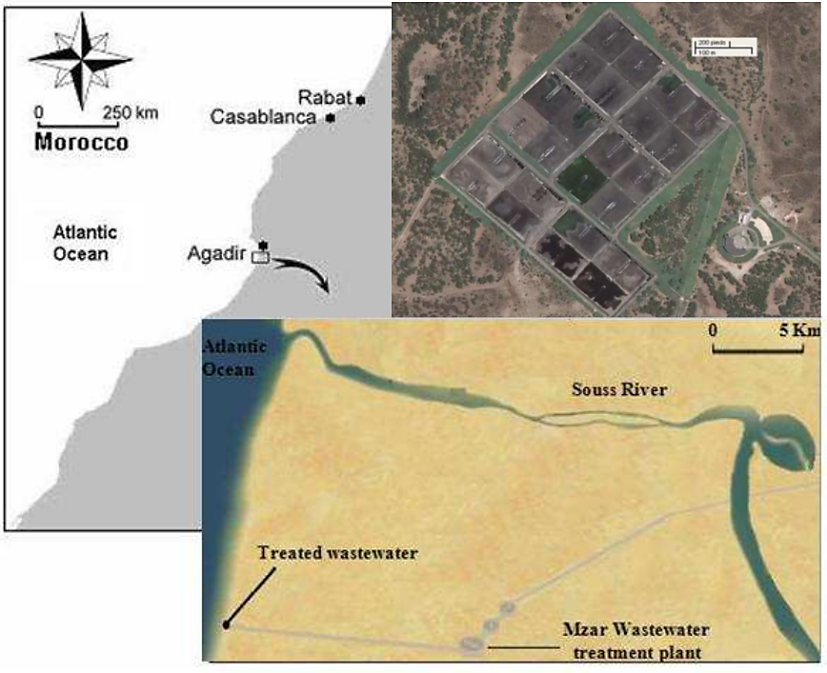
Figure 7. The M’zar municipal wastewater treatment plant (Agadir, Morocco): the site for the municipal wastewater pilot plant
In the framework of MADFORWATER, the municipal wastewater treated by the Agadir plant will be used for the irrigation of a field of olive trees located at the Ocean Golf (Agadir, Morocco) (Figure 8). In this pilot test, the crop growth and irrigation performances obtained with an innovative calibrated nozzle will be compared to the performances obtained with the traditional drip irrigation system largely used by Moroccan farmers.
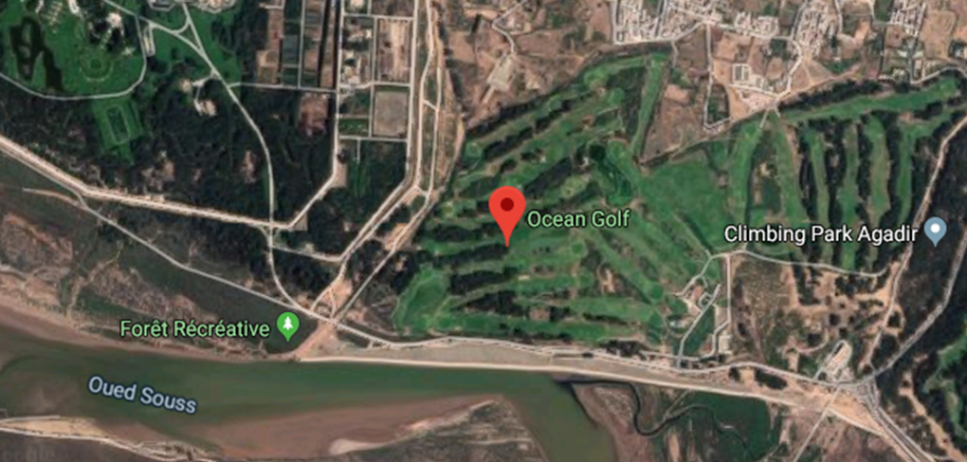
Figure 8. Aerial photo of the site for irrigation with treated municipal wastewater (Ocean Golf, Agadir, Morocco)
A pilot plant for the treatment and reuse of drainage canal water near Lake Manzala (Egypt)
In Egypt, agricultural drainage water is considered as a valuable water source that is collected and re-used for irrigation through a well-developed irrigation and drainage canal system. However, primary-treated and untreated municipal wastewater is discharged into the drainage canals, which in turn convey organic contaminants, nitrogen and pathogens to the main drains. No treatment is actually performed on drainage canal water before it is used for irrigation.
The MADFORWATER pilot plant for drainage canal water treatment has been installed in December 2018 in an experimental station operated by the National Water Research Center (NWRC) of Egypt near Lake Manzala, Egypt (Figure 9). The pilot plant, with a capacity of 250 m3/d, consists of the following components: (i) a 500 m3 lagooning / sedimentation pond and (ii) different types of Hybrid Constructed Wetlands (HCW). Three types of HCW are tested in parallel and compared: a Cascade Hybrid Constructed Wetland, a Sequenced Hybrid Constructed Wetland and Floating Bed Constructed Wetland. The first result indicate that the Cascade Hybrid Constructed Wetland is the most effective one. Indeed the combination of lagooning and Cascade Hybrid Constructed Wetland leads to a very high quality effluent, with effluent concentrations equal to 18 mg/L for BOD, 3 mg/L for ammoniacal nitrogen, 2 mg/L for phosphate and 460 MPN/100 mL for fecal coliforms. The HCW model may be applied on a wide scale to reduce pollution loads before entering Lake Manzala as a tool to protect the Mediterranean Sea. The treated water can be safely recycled for either cash crops cultivation and fish production.
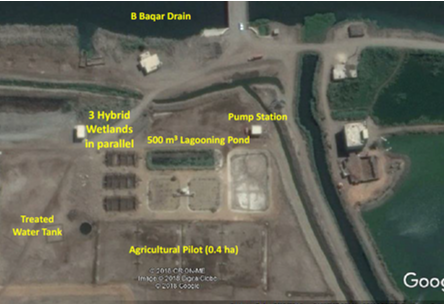
Figure 9. Aerial photo of the site for the DCW pilot and treatment process developed by MADFORWATER project
In the framework of MADFORWATER, the treated effluent is reused to irrigate cotton and sugar beet crops in the NWRC experimental station at Lake Manzala, Egypt by means of an innovative gated pipe. The irrigation and crop growth performances obtained with treated drainage canal water will be compared to the corresponding values obtained with untreated drainage canal water.
Conclusion and perspectives
The MADFORWATER results allowed the development and the selection of wastewater treatment and irrigation technologies based on their high performances, reduced capital, operation and maintenance costs as well as social acceptance. The integration and extrapolation at field pilots of the successful technologies is essential to provide a good insight on their actual potential. In the next newsletter released on May 2020 you will receive more details about the reliability and validity of the innovative treatment trains and irrigation systems at field scale.

